Address
Plot No. - M88, MIDC, Ambad, Nashik - 422010, Maharashtra, India
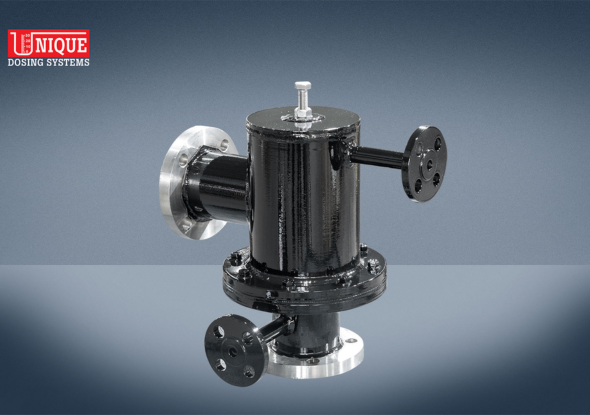
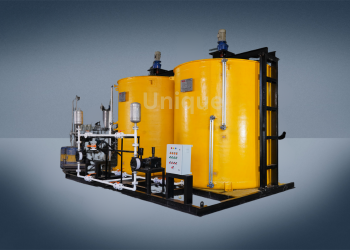
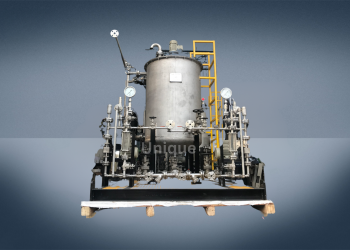
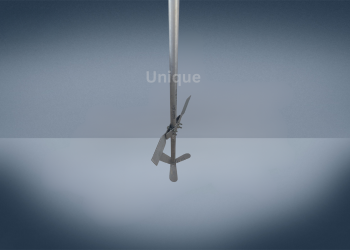
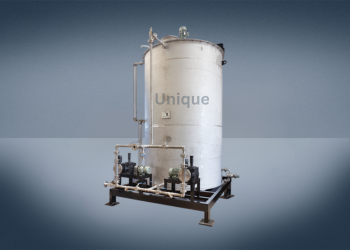
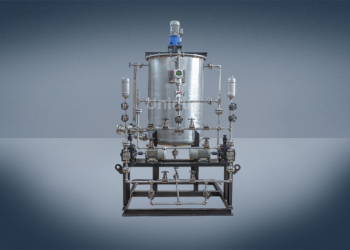
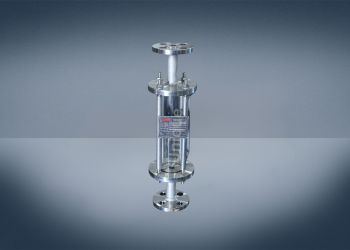
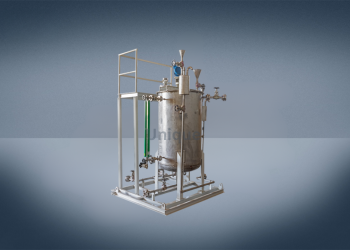
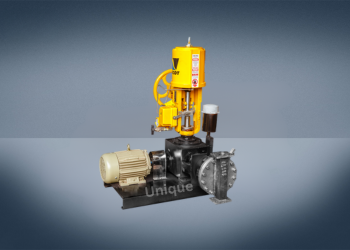

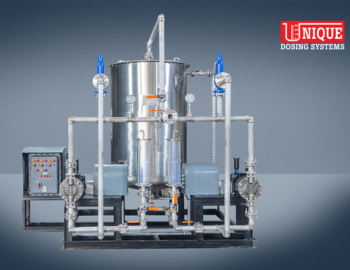
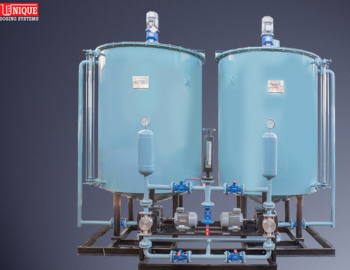

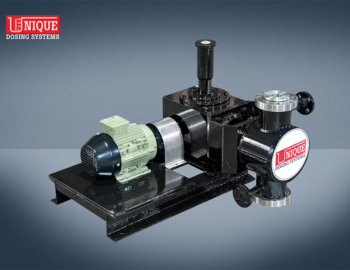
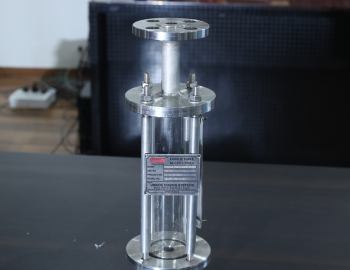
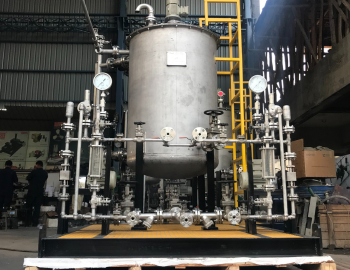

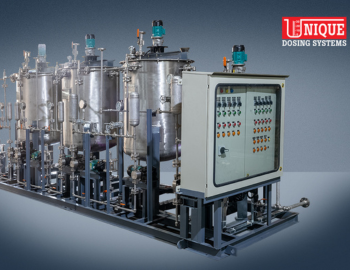
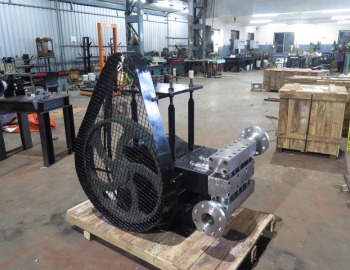

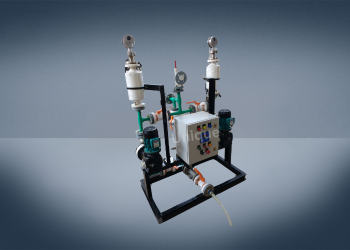
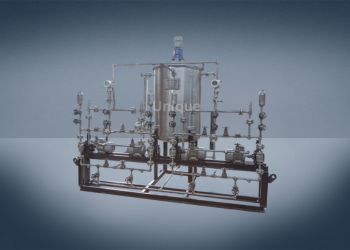

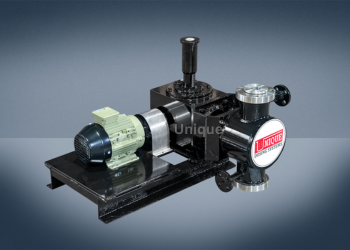




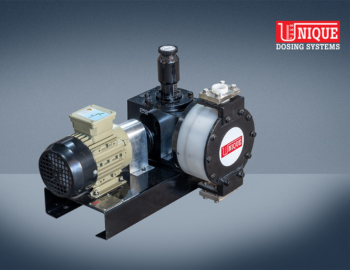
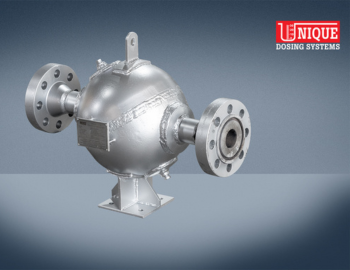
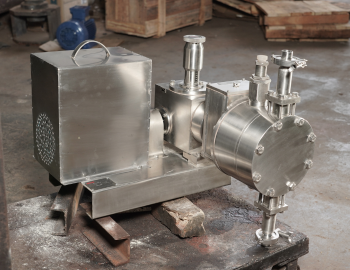


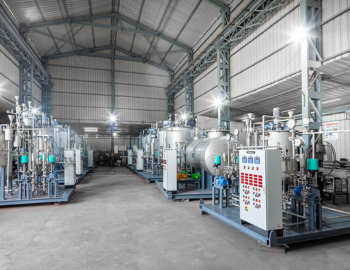
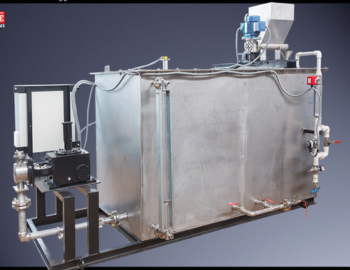
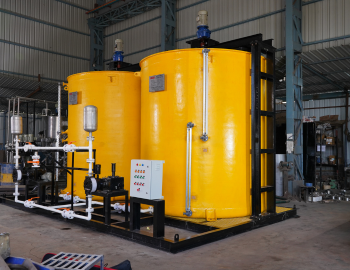
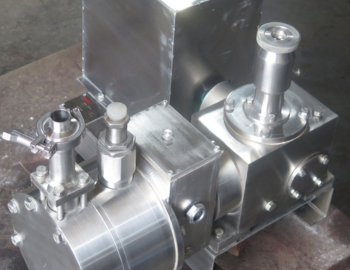
Bring to the table win-win survival strategies to ensure
proactive domination. At the end of the day, going for
ward, a new normal.
+ Country
Satisfied clients
Years experiences
Qualty paramerters
We manufacture a variety of relief valve products, including high pressure/high precision and high pressure/high flow designs. Our pressure relief valves are trusted by many different industries, including commercial and medical gases, cryogenics and chemical processing. A variety of construction equipment and port configurations are available, providing equipment solutions for a variety of liquid and gas applications. The pressure lamp can be adjusted according to the pressure of the pump. The size of the inlet and outlet depends on the set pressure and flow rate. It is available in different models and features according to the needs of our valued customers.